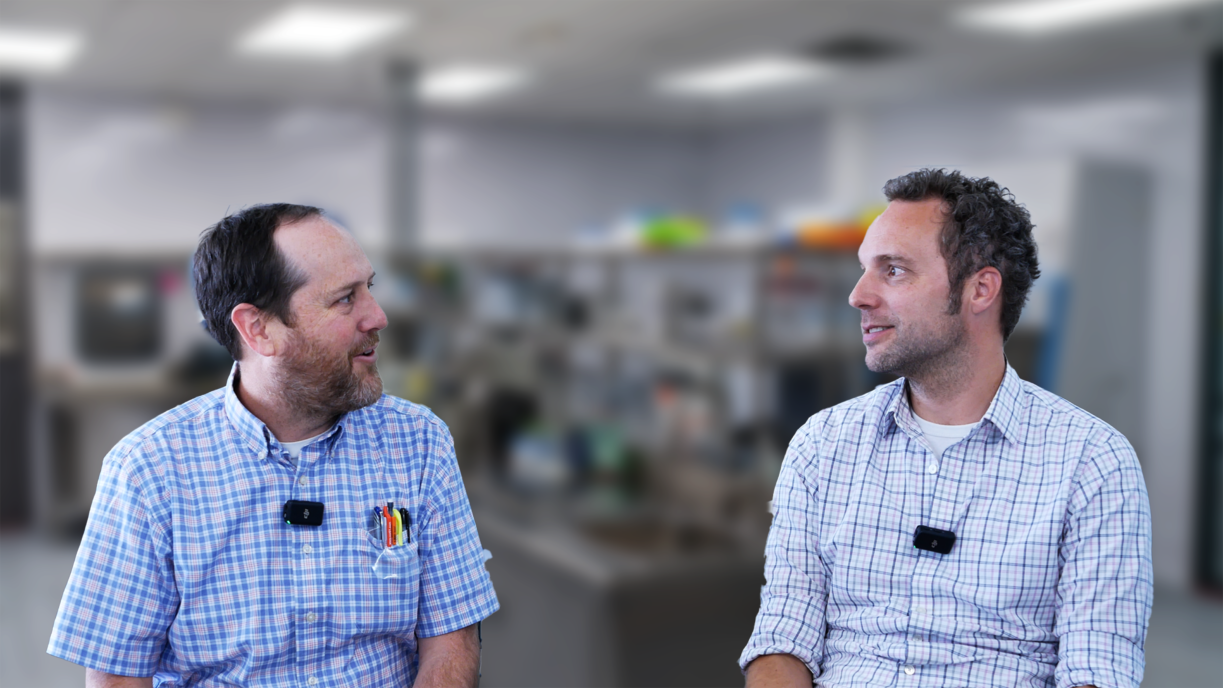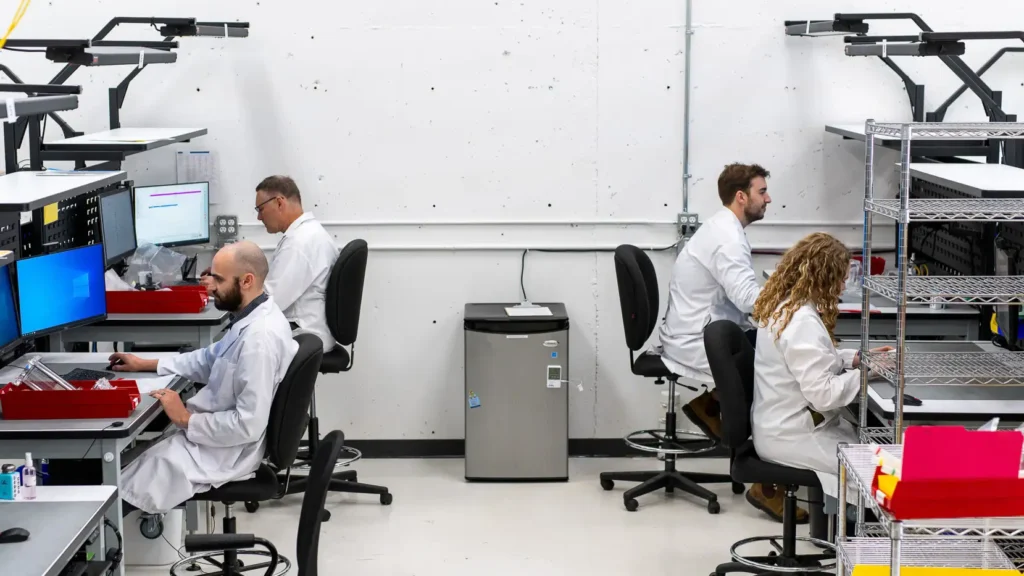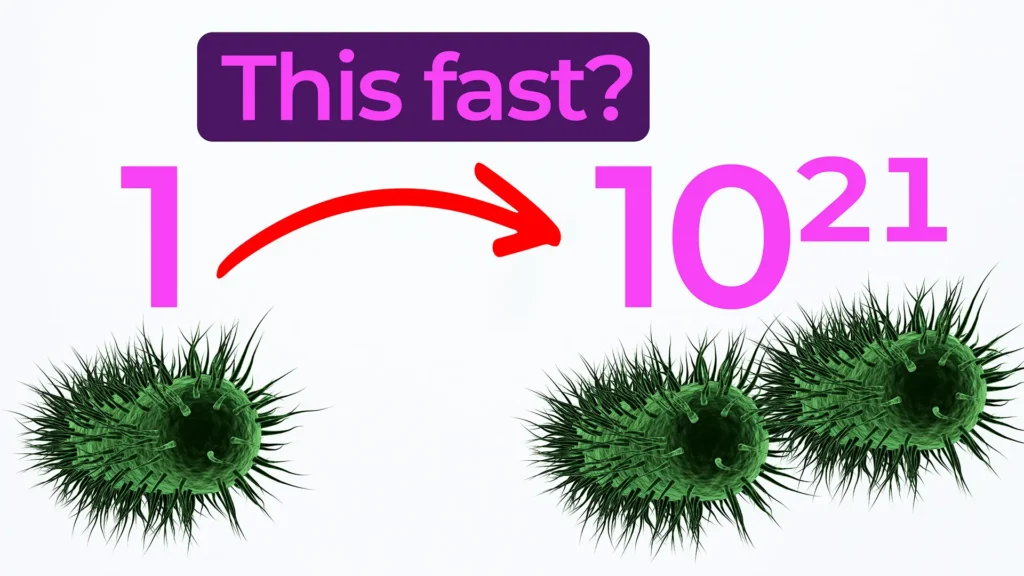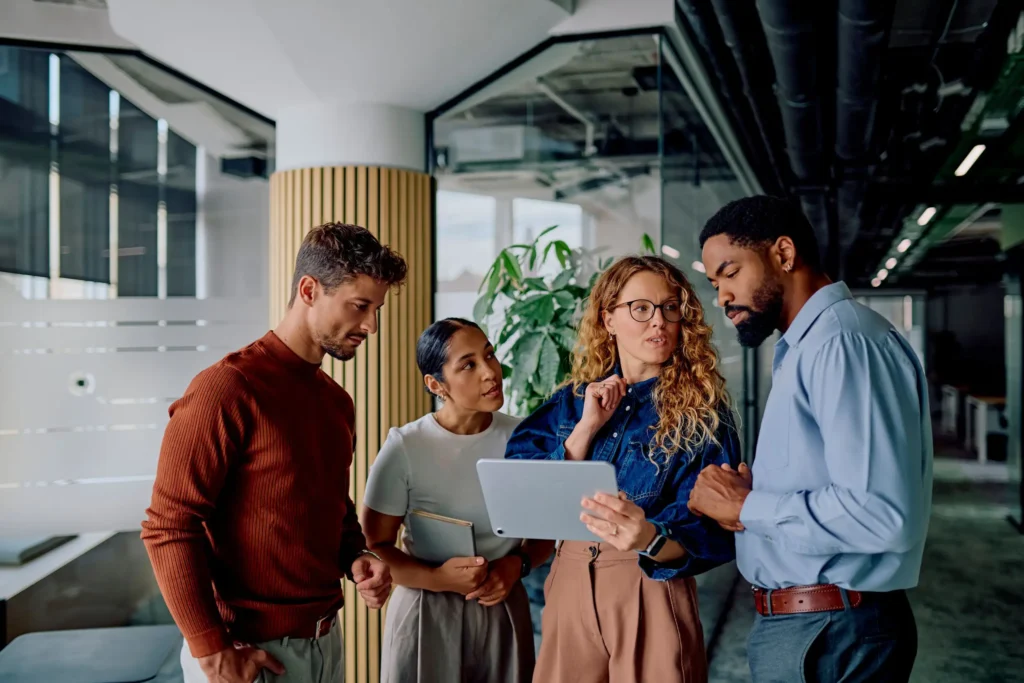
Bio Break: Understanding Clinical Trials – Key Steps and Expert Insights
In this engaging episode of Bio Break, Nick and Joris dive into the complexities of clinical trials as a critical component of medical product development. Whether you’re a developer embarking on your first trial or a seasoned professional seeking guidance, this discussion provides actionable insights and resources to streamline the process.
Nick explains the importance of starting with the Clinical Laboratory Standards Institute (CLSI), a trusted resource for comprehensive guidance documents that address every facet of trial design. He highlights CLSI document ACP 1782, which details methodologies for determining the limit of blank, limit of detection, and the essential limit of quantification—crucial factors for validating medical diagnostics.
The conversation also touches on addressing environmental substances that could interfere with trial results. From chewing gum to caffeine, CLSI’s EP7-A2 guidance document offers a framework for evaluating interfering compounds in diagnostics, ensuring reliable data even in challenging conditions. For developers working with saliva-based tests or other sensitive diagnostic tools, these guidelines are indispensable.
Precision and bias are also at the forefront of trial considerations, and Nick mentions EP15-A2, a vital CLSI resource for understanding and accounting for these metrics in trial setups. From power calculations to designing interference panels, the discussion underscores how these documents empower developers to create robust, reproducible studies.
If you’re navigating the intricacies of clinical trials, this episode is your gateway to essential knowledge. Learn how leveraging the right resources can elevate the quality and reliability of your medical device development process.
Understanding Clinical Trials – Key Steps and Expert Insights
Related Resources

In MedTech, success rarely comes from invention alone. Plenty of promising technologies make it through verification and early clinical work, only to stall when the team tries to turn them into something buildable.

From how much of your body is actually bacterial to how fast microbes can multiply, these facts are designed to stick with you long after the party ends.

In medical device development, verification is both a safeguard and a stress test, not just for the product, but for the process.

In the world of medical device development, requirements are often treated as a regulatory tax, essentially documentation created solely to satisfy a compliance need.
